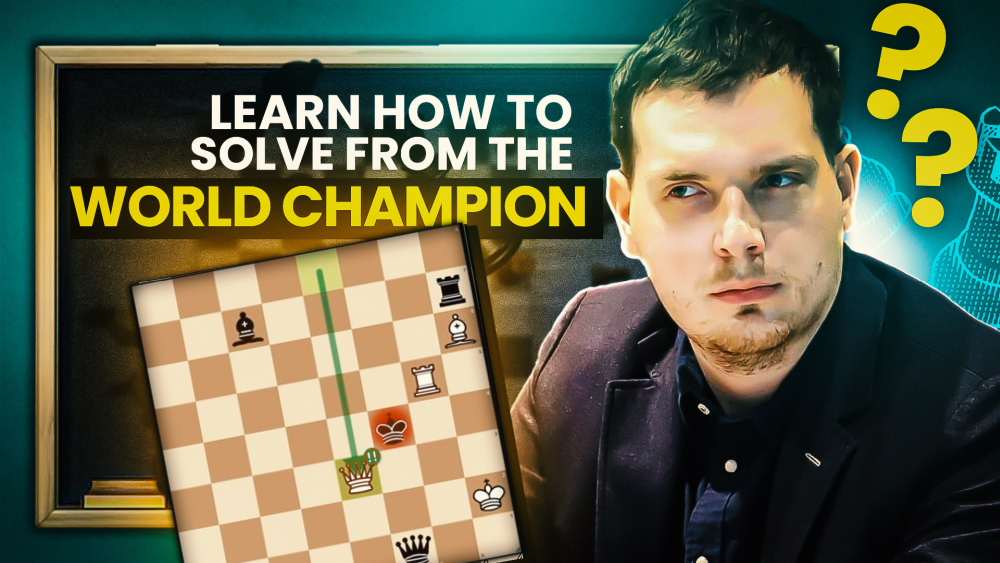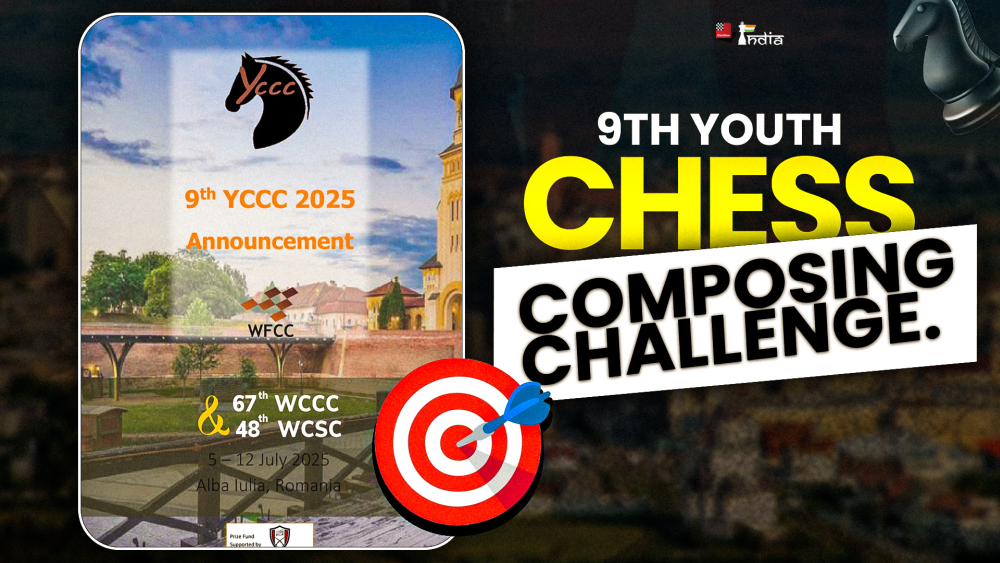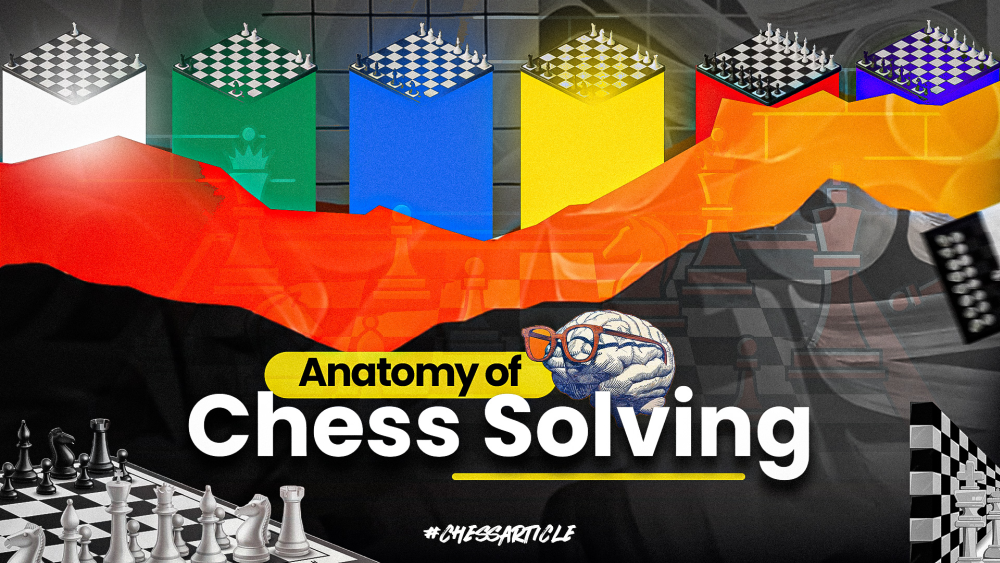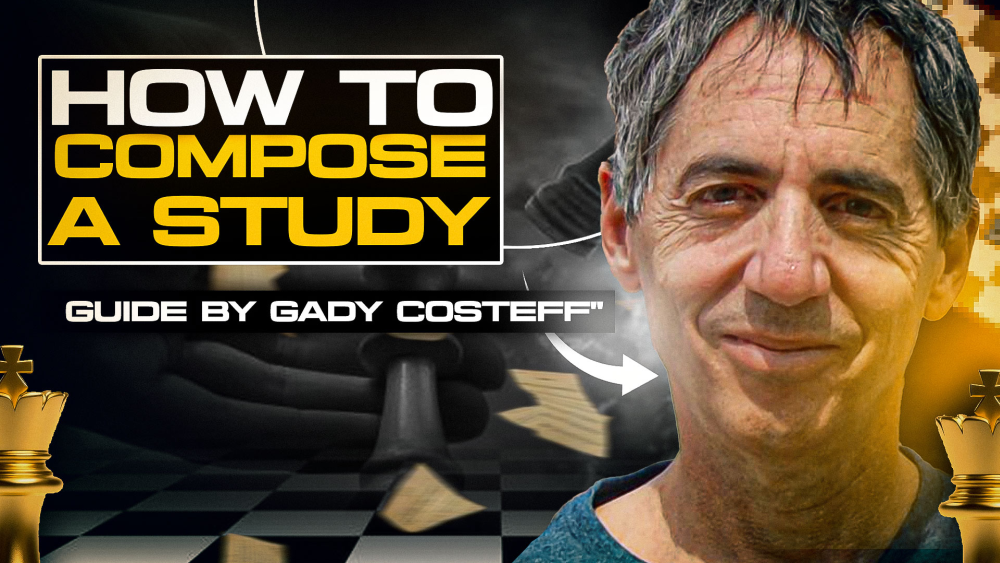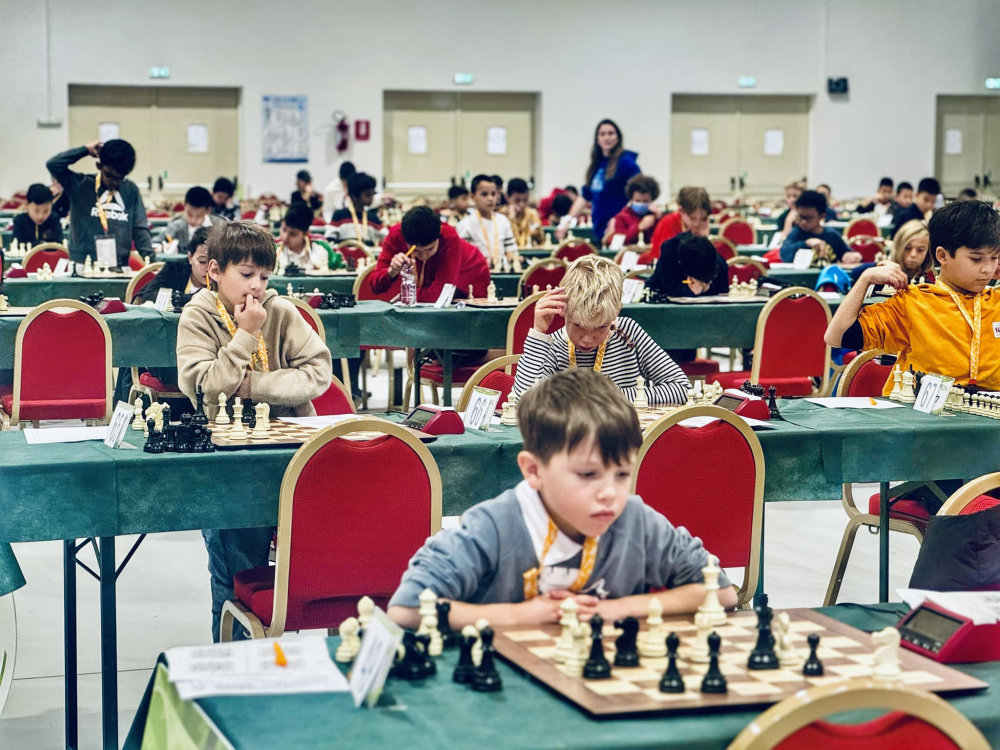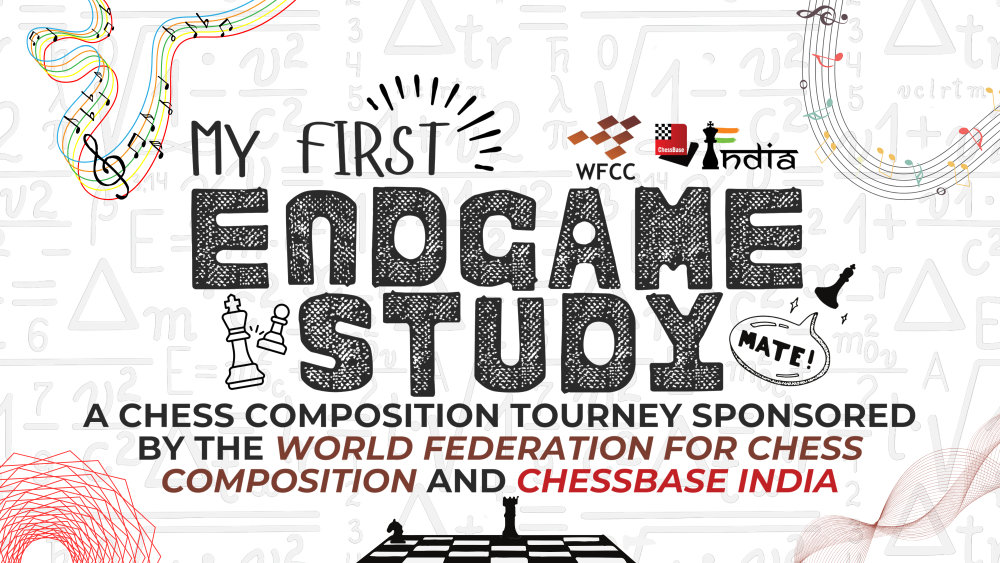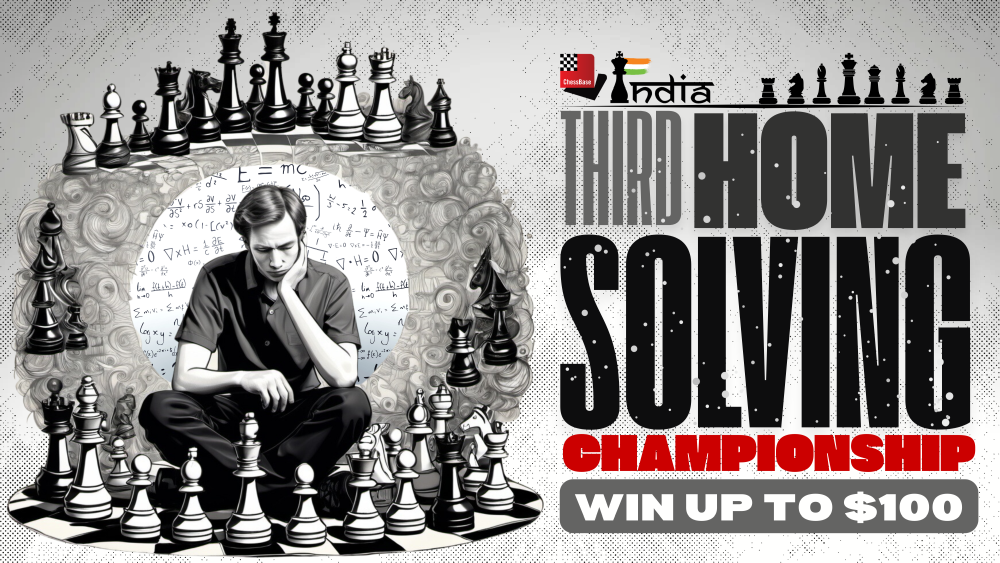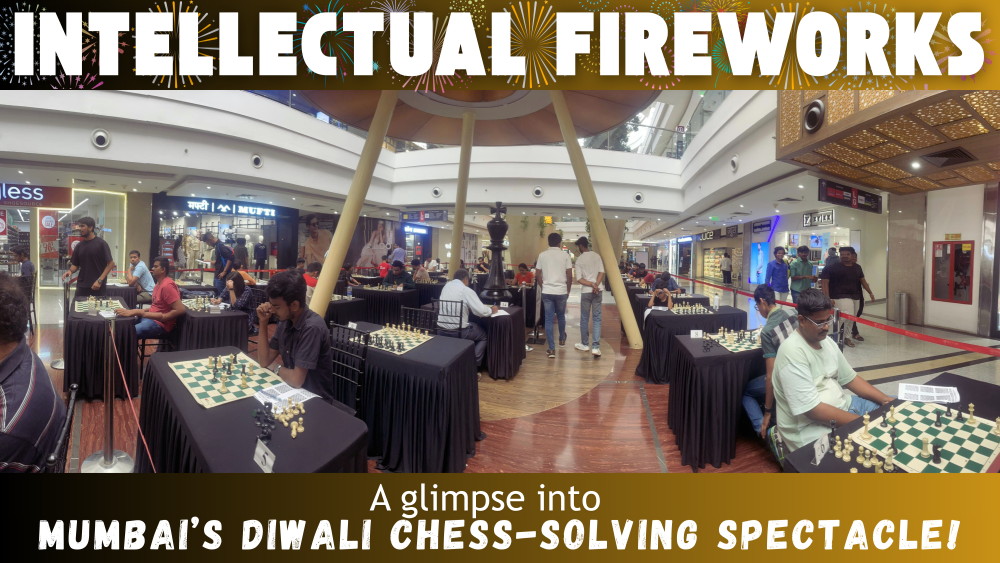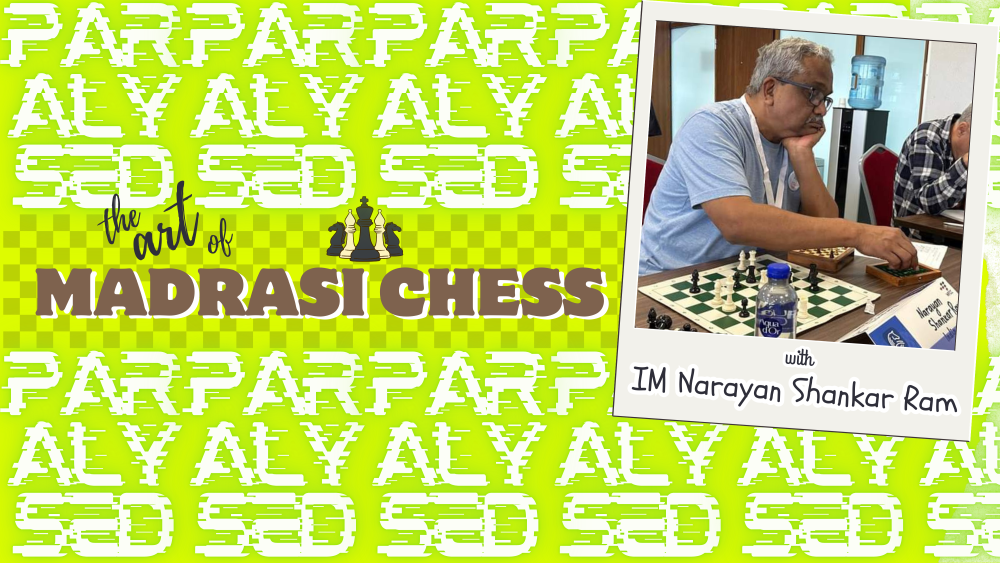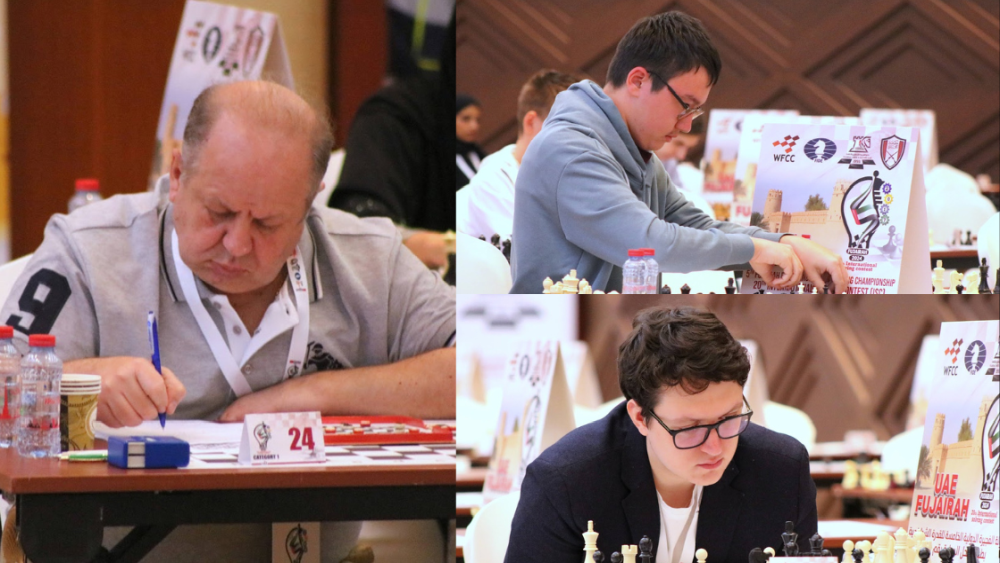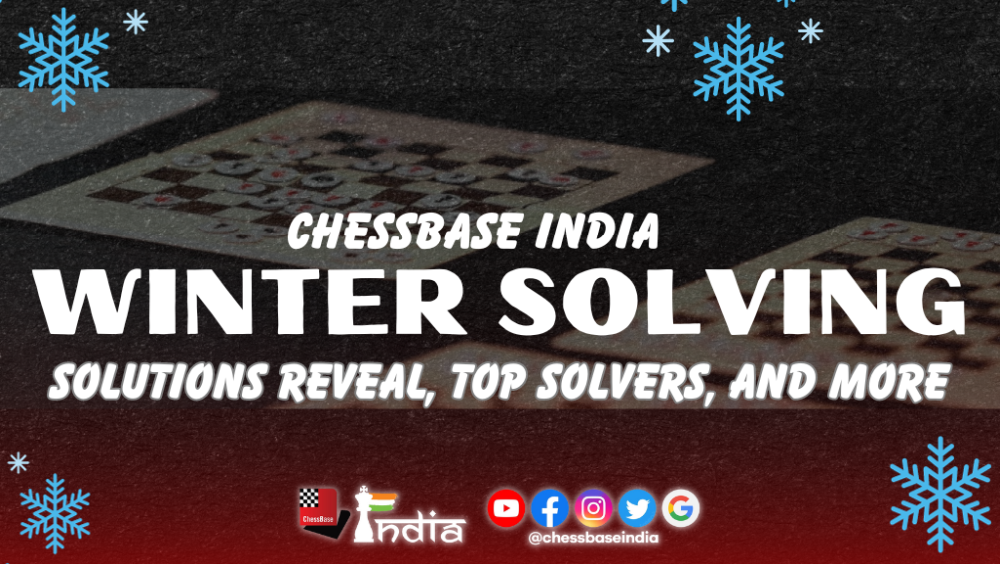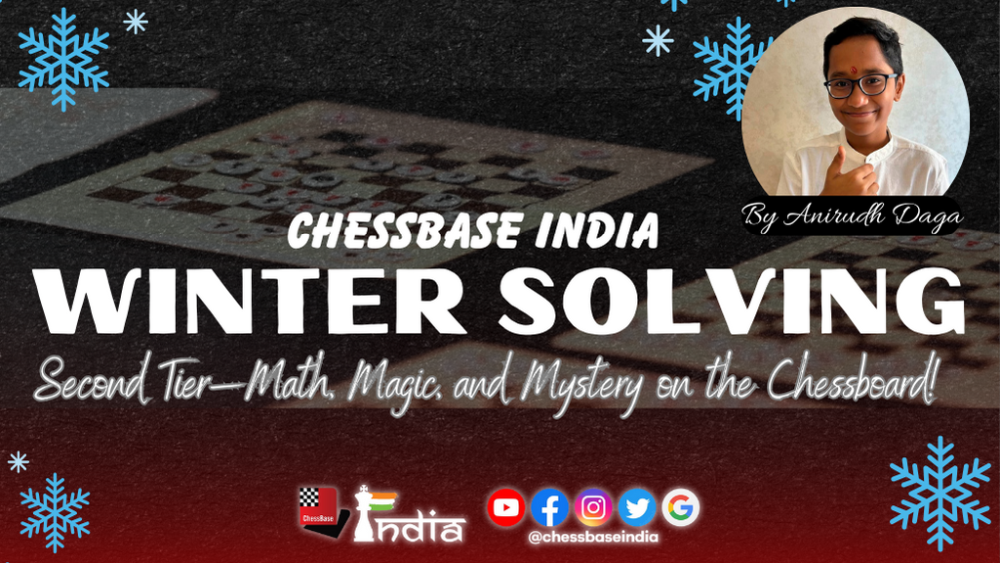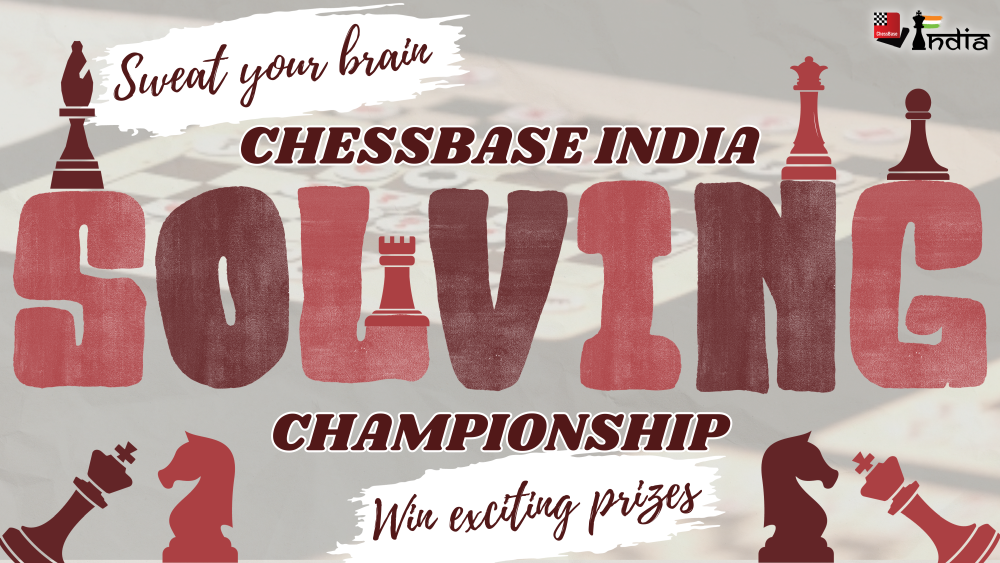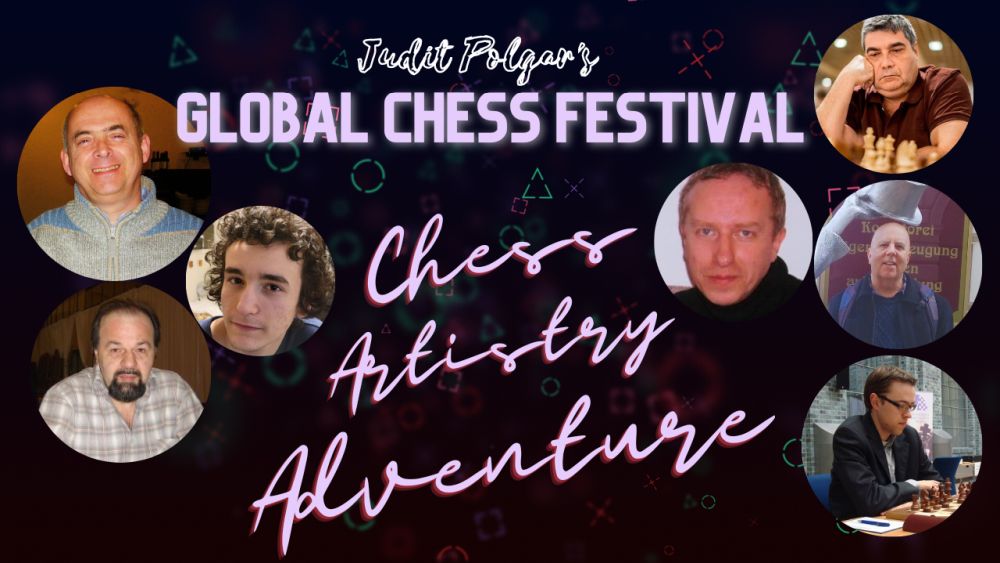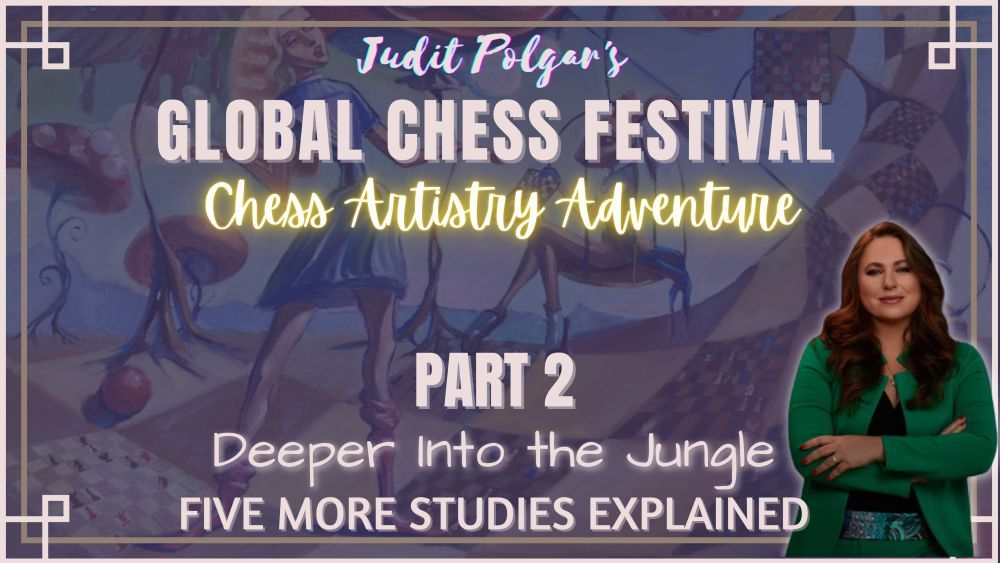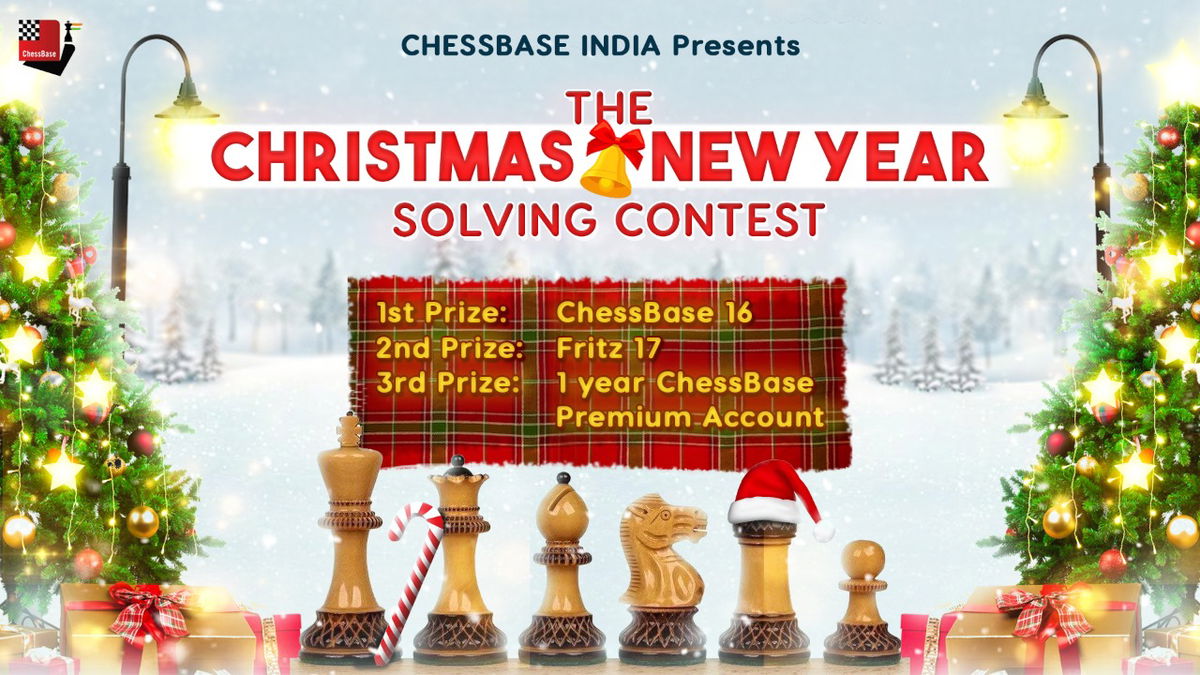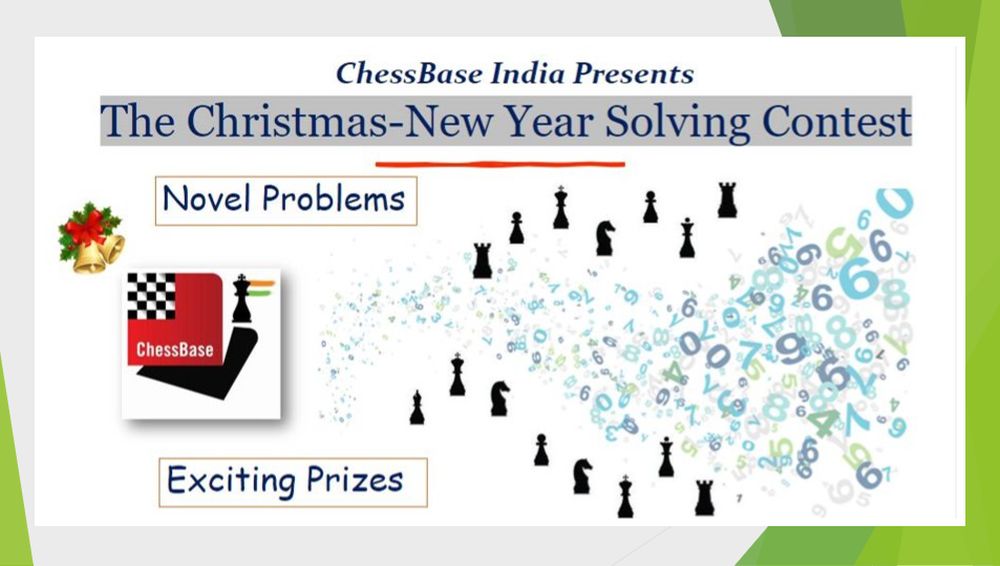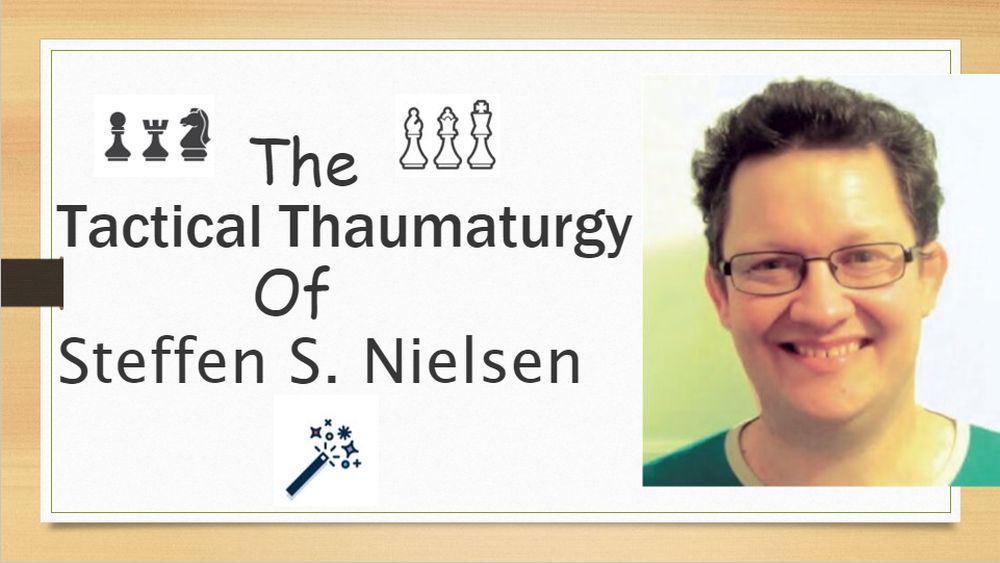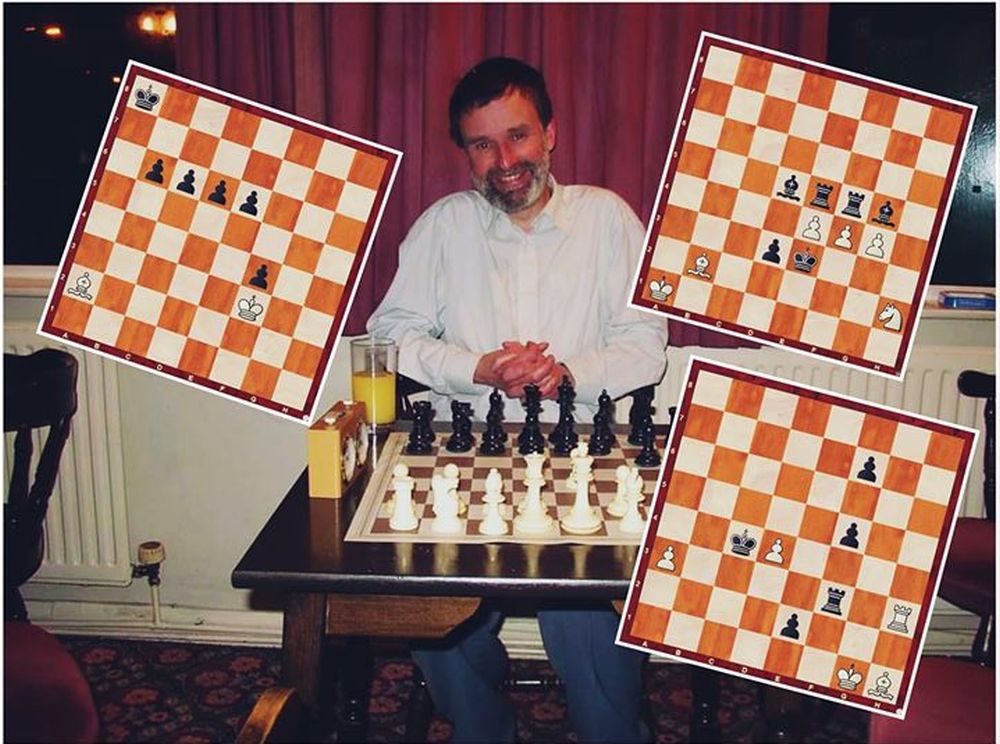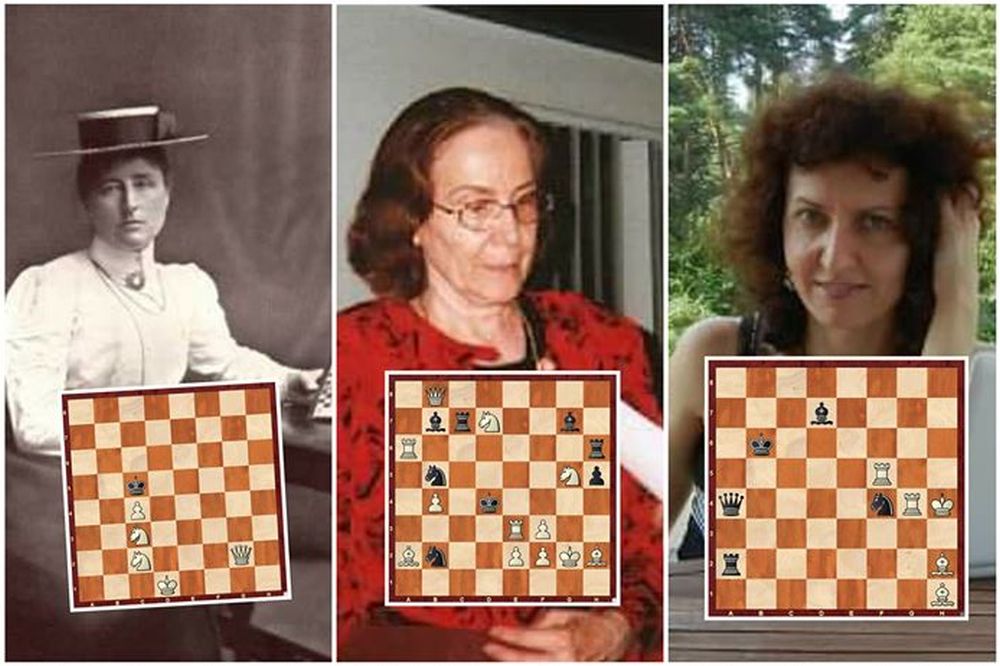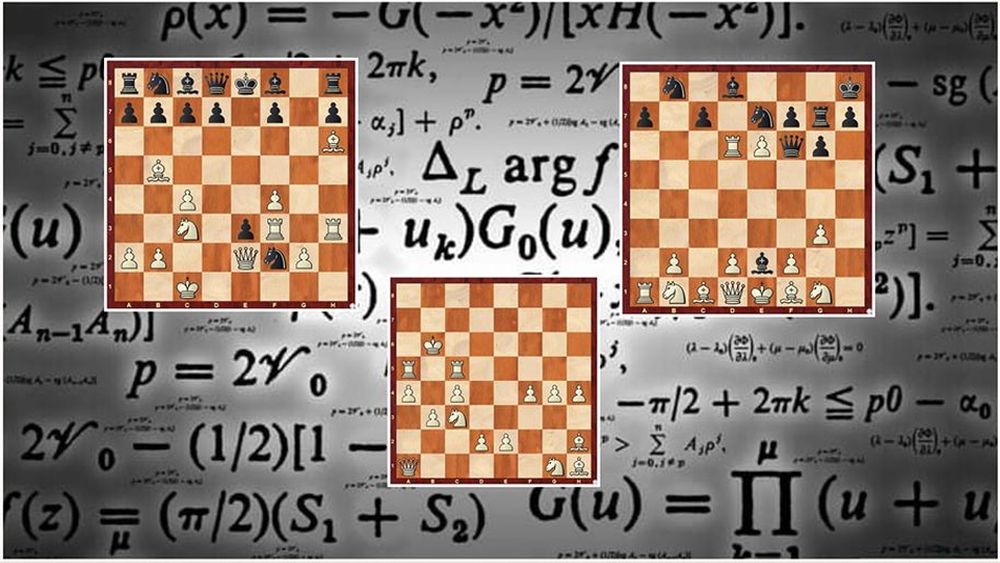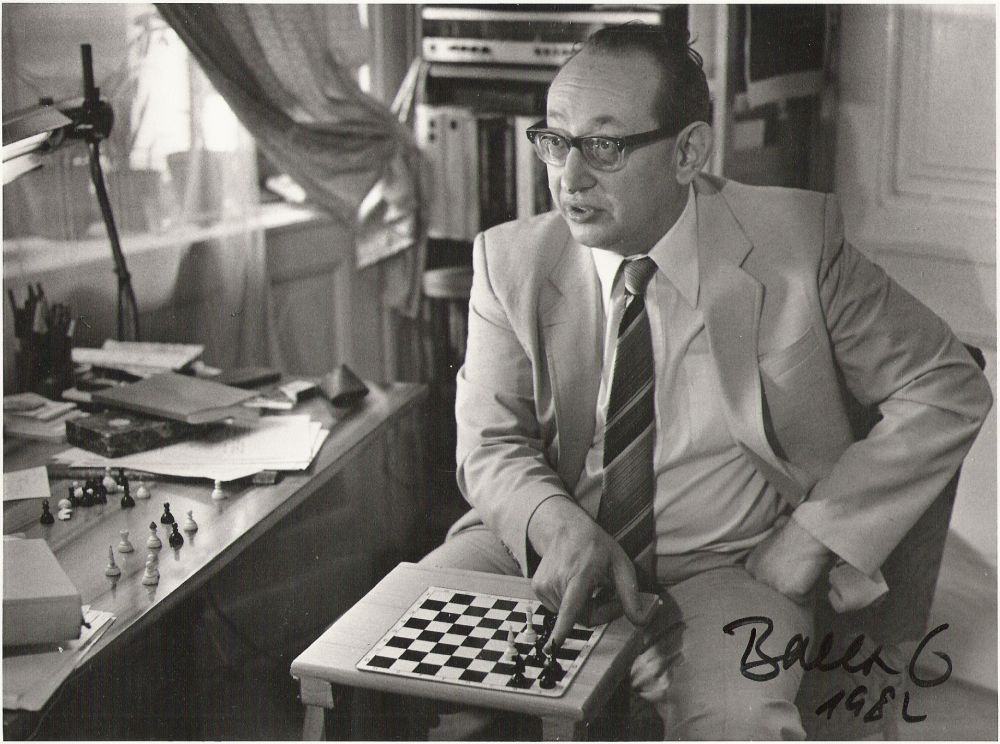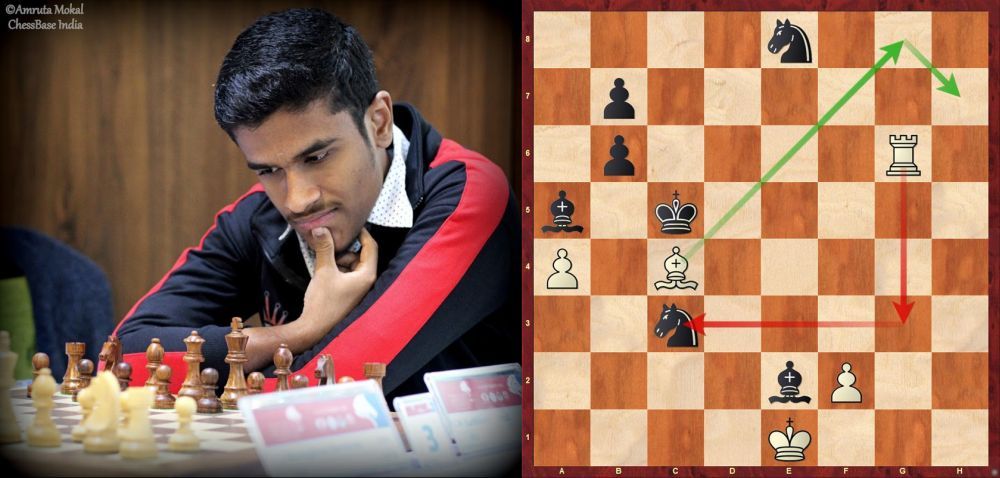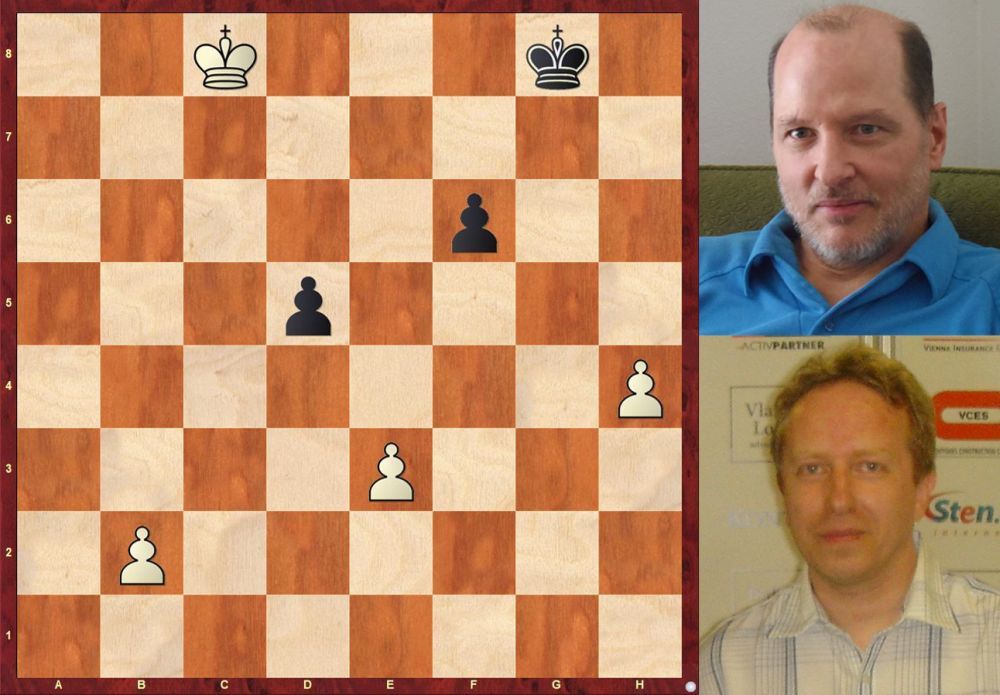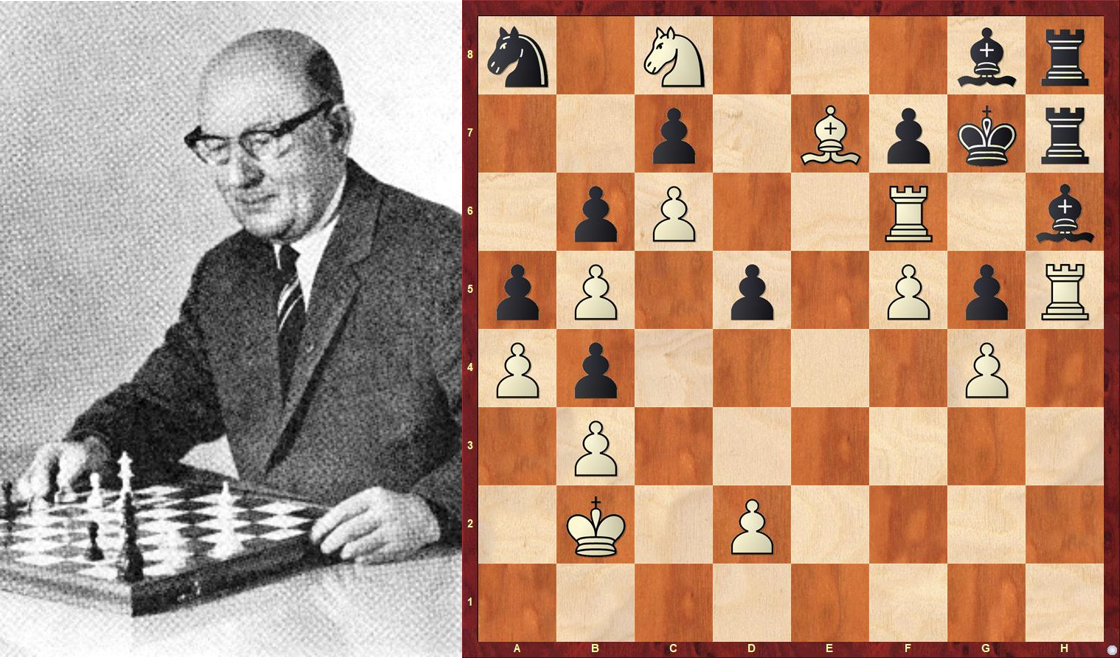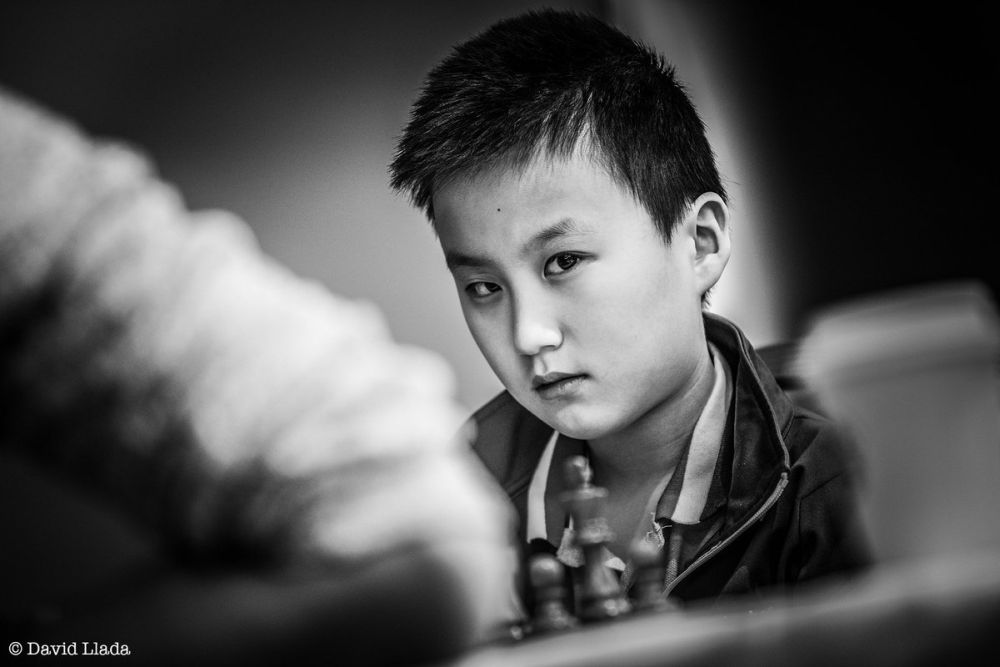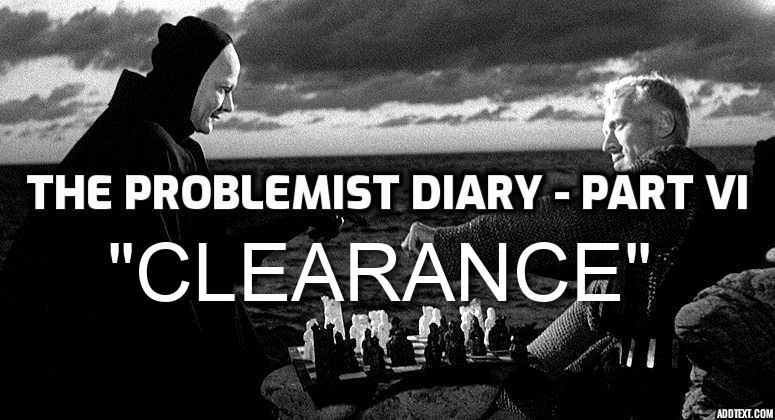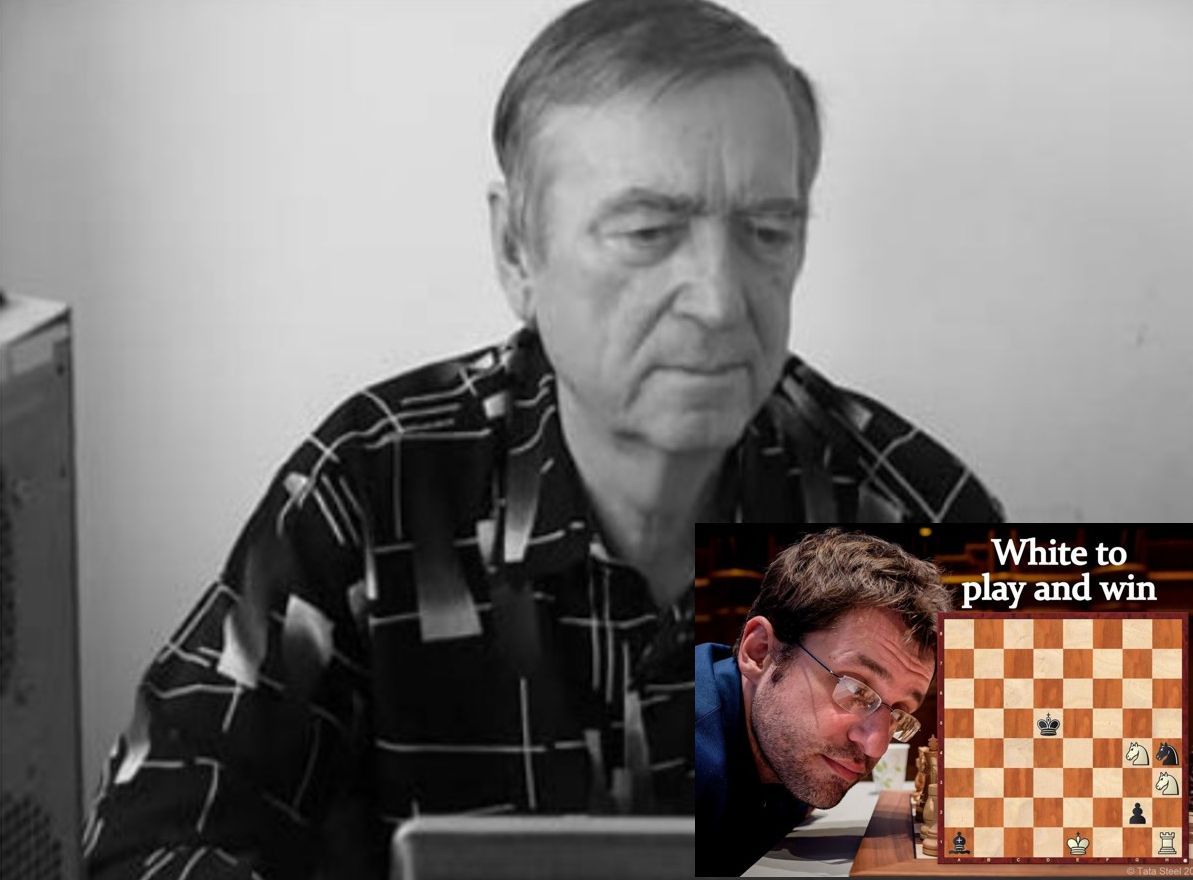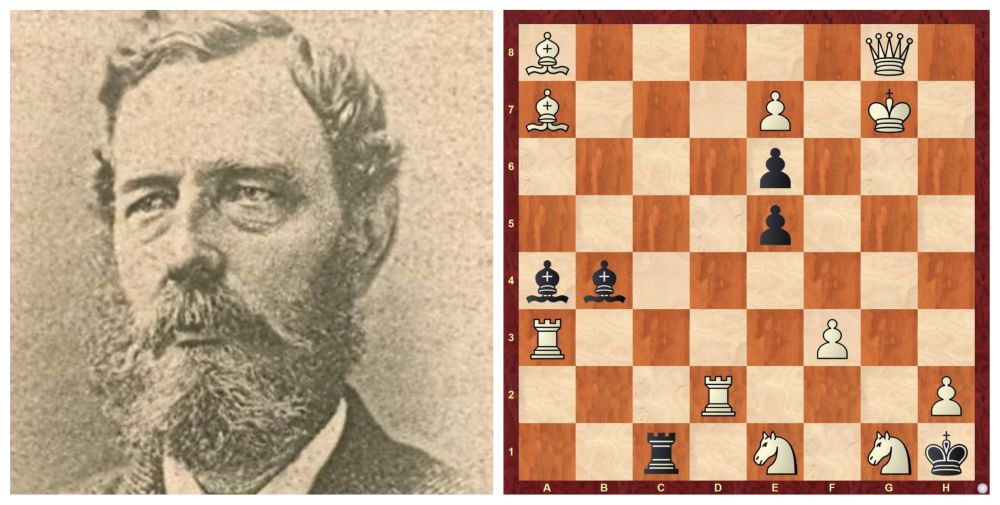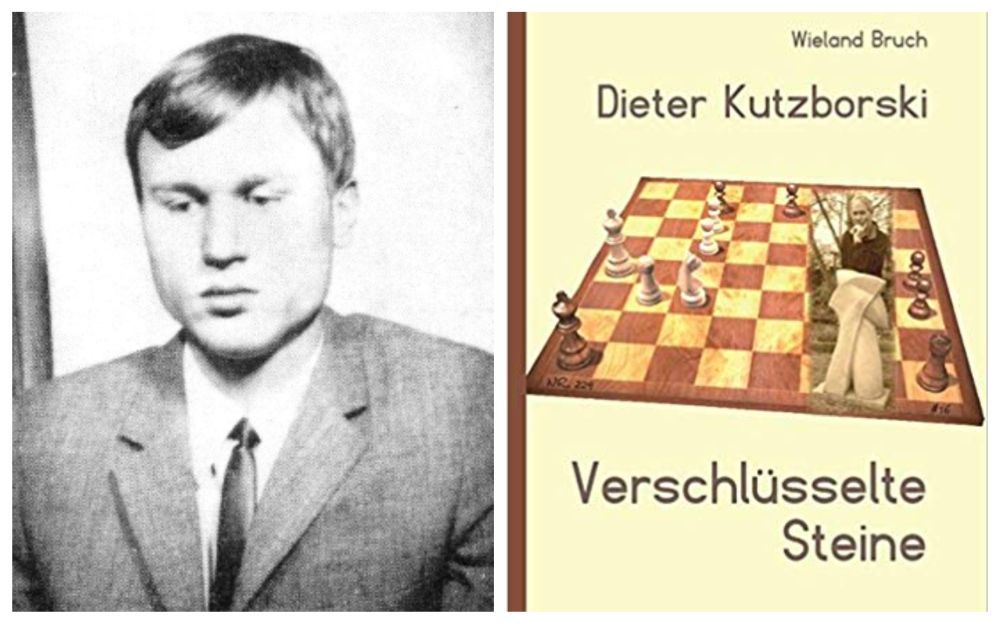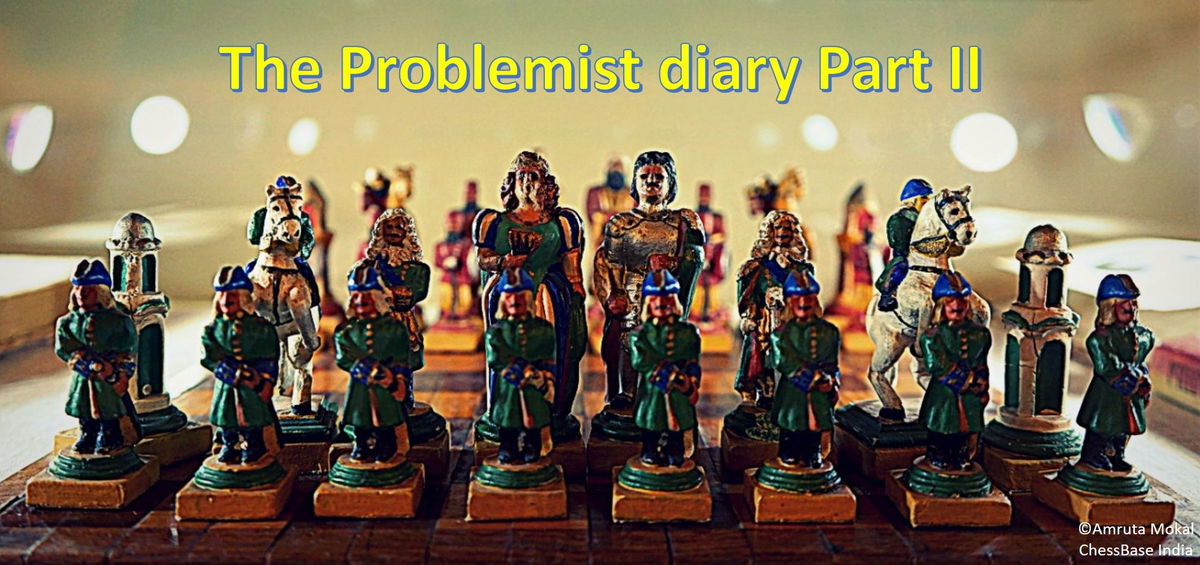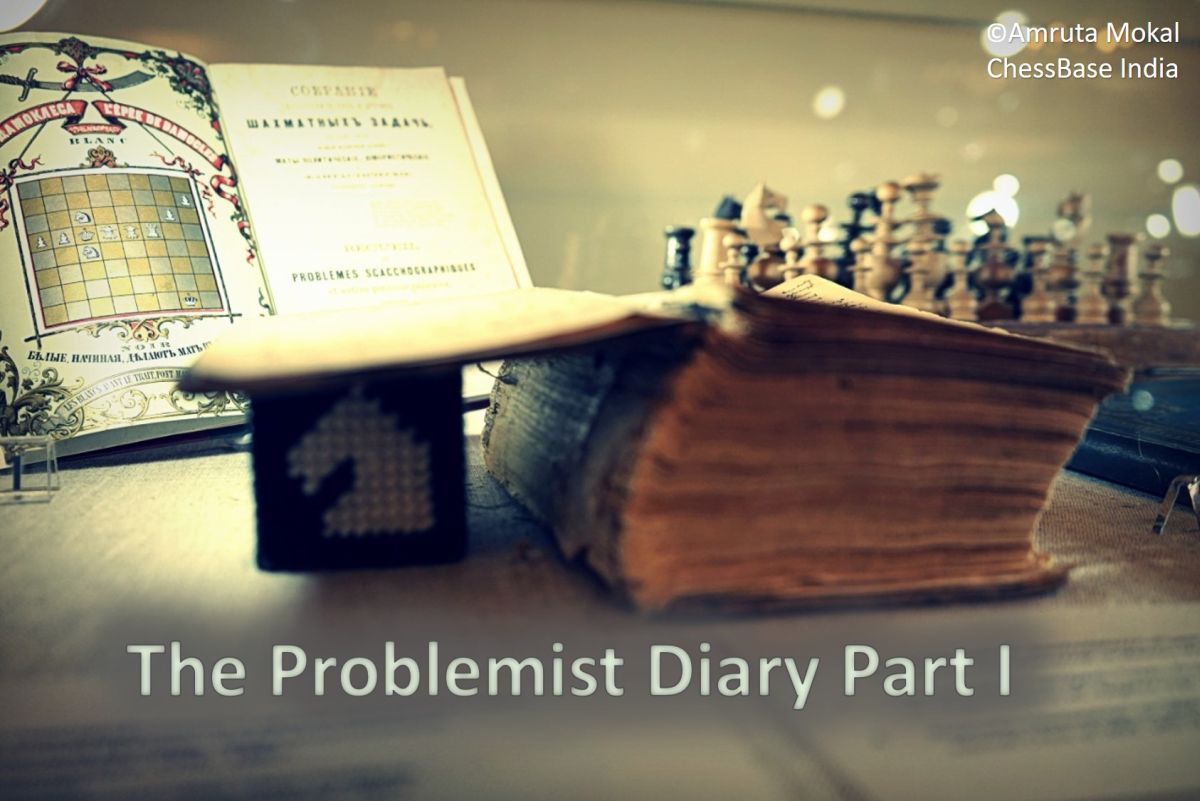Sorcery on the Board—3rd Home Solving Tier II
Submissions for the first tier of the 3rd ChessBase India Home Solving Championship are now closed. We have received several promising entries, but the challenge intensifies in phase two. Can our contestants maintain their momentum? For Tier II, we present six additional problems, with the first three featuring the fascinating fairy condition Circe, where captured pieces burst back to life like phoenixes from the flames. In contrast, the final three problems shift gears to helpstalemates, where creative cooperation replaces competition, and both sides work together to achieve stalemates in the stipulated number of moves. All the rules are explained comprehensively, but comprehending them is ultimately up to you. Indeed, among other things, this contest is a test of your comprehension skills—your ability to adapt to novel definitions. Ready to give it a shot?
A Spell is Cast Upon the Chessboard...

Circe (pronounced SUR-see) is a powerful sorceress in Greek Mythology. In Homer's Odyssey, she is told to live on the island of Aeaea and is known for her magical abilities, particularly transformation and enchantment. Although the Circe chess condition, introduced by French chess composer Pierre Monréal in 1967, has no connection to Greek literature or religion, it does echo the transformative sorcery of its mythological namesake. In Circe chess, captured units are immediately resurrected on their starting squares, provided they are empty: captured pawns return to their starting point on the same file as captured; rooks, knights and bishops return to the starting square that is the same colour as the square they are captured on; however, if the rebirth square is already occupied, the captured piece doesn't return and is removed permanently. Sounds terse? Let's see these rules in action with the following example.
Pierre Monréal & Fernand Calvet, Europe Echecs, 1979
_CT759_708x708.png)
First of all, to simply understand the rules, let's look at some of the captures in the position. If White takes the bishop on g1 with their h1 rook, this bishop would be reborn on f8—not c8, though, because that is a light square. We would write this move as Rxg1 (+Bf8). Similarly, if the g4 knight captures the rook on f6, the rook would return on h8 (not a8), and the notation would be Nxf6 (+Rh8). What happens if the b5 bishop captures the black pawn on a4? Well, the pawn returns to a7, the starting position on the file where it is captured. However, Bxe3 doesn't lead to any resurrection, as in this case the rebirth square e7 is already occupied. Hopefully, you get the picture!
Now, the solution: the key move is 1.Qh2!, threatening 2.Qxe2 (+Bc8)#. Note that 1...Bxh2 (+Qd1) is check to the bK (self check!); hence, it is illegal. Therefore, Black can parry the threat only by blocking the second rank, resulting in the following variations:
1…Bf2 2.Rhc1#
1…Rxf3(+Pf2) 2.Qc7#
1…Bxf3(+Pf2) 2.Nxe3#
1…Bxd3(+Pd2) 2.Bxd3(+Bc8)#
Note: in the last line, 2.Bxd3 is mate because 2...Kxd3 (+Bf1) would be illegal, again due to self check!
Now that you're familiar with Circe's magic, it's your turn to conjure solutions for the next three problems. Although it may not look like it, they are all eminently solvable. Have faith! The second position, for instance, looks scary with 27 units. But it actually is quite figureoutable!
Problem 01
_1W33Q_708x708.png)
Problem 02
_SS6T2_708x708.png)
Problem 03
_J53EP_708x708.png)
Creating Stalemate Symphonies...
For the final three challenges, we have helpstalemates—similar to helpmates, but instead of checkmating Black, we stalemate them! In other words: Black moves first and both sides cooperate to get Black stalemated in the specified number of moves.
Problem 04
_TK4SN_708x708.png)
Problem 05
_ET705_708x708.png)
Problem 06
_QVKJ4_708x708.png)
In these last three problems, imagination is the key. You have to strategically eliminate some of the black units and immobilise the others through clever use of pins and blockades!
Google Form for Tier II
Please submit your answers in this Google form. Ensure your responses are descriptive, covering all moves and variations. Use standard algebraic notation. The evaluation will be based on accuracy, completeness, and clarity of your solutions.
If you have not submitted the answers to tier I problems, you can still participate in tier II by paying the registration fee of Rs 100 (or $2 for international participants). Pay via PayPal: chessbaseindia@gmail.com or via UPI: chessbaseindia@okhdfcbank.
Those who have already paid the registration fee for Tier I do not have to pay any additional charges. They can simply put in the solutions in the designated spaces. The solutions are to be sent by 14th November 12 midnight, Indian Standard Time. And once again, for general queries, you can write to chessbaseindiasocial@gmail.com or WhatsApp +918918723798.
Important Links for Reference:
1. 3rd ChessBase India Home Solving Championship—everything you need to know.
2. Wikipedia article on Circe Chess.





